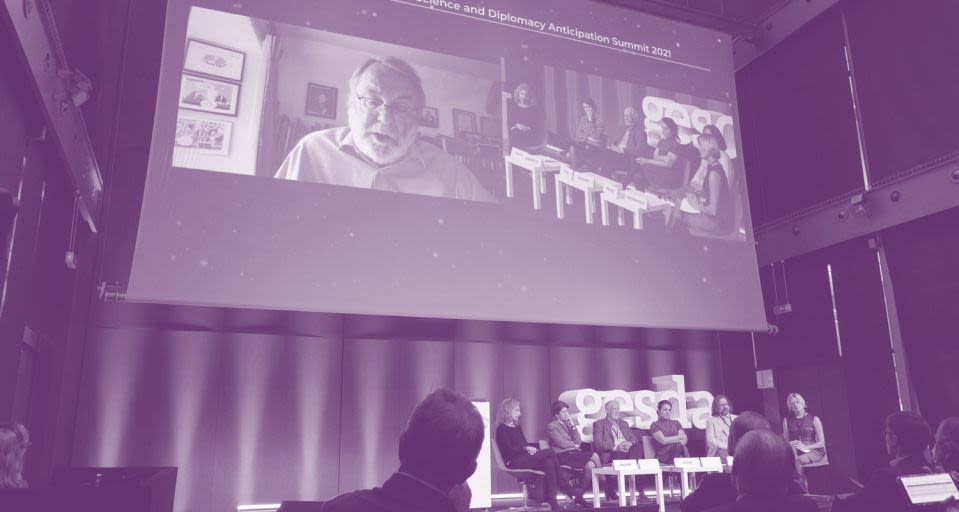Matthias is a Fellow of the American Physical Society, Vice President of the Aspen Center for Physics, a recipient of the Rahman Prize for Computational Physics of the American Physical Society for “for pioneering numerical work in many seemingly intractable areas of quantum many body physics and for providing efficient sophisticated computer codes to the community” and of the Hamburg Prize for Theoretical Physics.
After receiving his PhD in 1994 from ETH Zurich in Switzerland he spent time as postdoc at the University of Tokyo before returning to ETH Zurich. There he has been professor of Computational Physics until joining Microsoft’s quantum computing program at the beginning of 2017.
He works on a variety of topics in quantum computing, from the simulation of materials and quantum devices to quantum software, algorithms and applications of future quantum computers. His broader research interests span from high performance computing and quantum computing to the simulations of quantum devices and island ecosystems.





